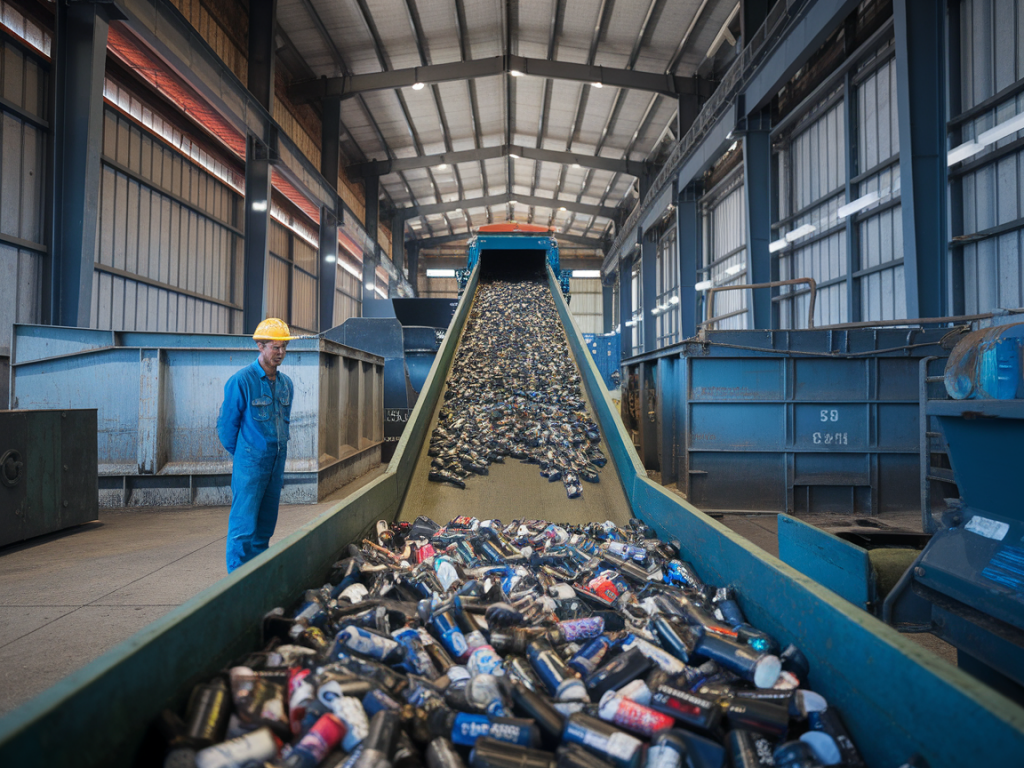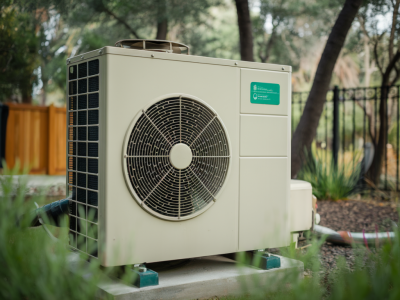
Hello readers,
As we continue our journey towards a sustainable future, one topic that has increasingly piqued my interest is battery recycling. With the growing demand for electric vehicles (EVs), renewable energy storage solutions, and portable electronics, batteries are becoming the lifeblood of modern innovation. Yet, a critical question emerges: what happens when these batteries reach the end of their life? Let's delve into the fascinating science behind battery recycling and explore how it could shape a greener tomorrow.
The Importance of Recycling Batteries
Batteries, particularly lithium-ion batteries (Li-ion), power much of our world today—from smartphones to EVs. These batteries, though efficient and long-lasting, have a finite lifespan. When they are no longer functional, they often end up in landfills. This is a massive problem for two primary reasons:
- Environmental impact: Batteries contain toxic metals like lead, nickel, and cadmium that can leach into soil and water, causing ecological harm.
- Resource scarcity: Many essential metals used in batteries, such as lithium, cobalt, and nickel, are finite resources. Mining these elements is not only environmentally damaging but also politically and economically challenging.
Recycling batteries addresses both of these concerns by reducing waste, recovering valuable materials, and minimizing the need for new mining operations. But the process isn’t as straightforward as we might hope.
How Batteries Are Recycled Today
The science of battery recycling is complex and constantly evolving. Here's an overview of how it works:
- Collection and Sorting: Used batteries are collected from various sources, including EVs, power grids, and consumer electronics. They are sorted by chemistry type—lithium-ion, lead-acid, nickel-metal hydride, etc.—since each type requires a different recycling approach.
- Disassembly: Once sorted, batteries are usually dismantled to separate the casings, electrolyte, and electrode materials. This step can be labor-intensive and dangerous due to the risk of chemical leaks or fires.
- Material Recovery: Modern recycling techniques focus on recovering key components like lithium, cobalt, nickel, and manganese. Methods include thermal processing (high-temperature treatment to melt components), hydrometallurgy (using chemicals to extract metals), and mechanical processes (shredding and sorting materials).
- Re-manufacturing: The recovered materials are then purified and reused to manufacture new batteries, creating a circular economy.
While this process sounds promising, it has its challenges, including inefficiencies, high costs, and a lack of standardization across industries.
Innovations Driving the Future of Battery Recycling
Innovation is the fuel driving progress in battery recycling. Companies and researchers around the world are developing cutting-edge technologies to make the process more efficient and environmentally friendly. Here are some of the most exciting breakthroughs:
- Direct Recycling: Unlike traditional recycling methods that break down battery components into raw materials, direct recycling focuses on recovering and reconditioning entire components—like cathodes—so they can be reused directly. This approach reduces energy consumption and material loss.
- AI-Driven Sorting: Artificial intelligence is being used to sort batteries more accurately and efficiently. For instance, companies like Redwood Materials are leveraging AI algorithms to identify different battery chemistries, streamlining the recycling process.
- Green Chemistry: Instead of using harmful chemicals for metal extraction, researchers are exploring eco-friendly alternatives. For example, some labs are experimenting with bioleaching, where naturally occurring bacteria help extract metals like cobalt and lithium.
- Modular Battery Design: Some innovators are rethinking how batteries are built in the first place. By designing batteries with recycling in mind—using modular components that are easier to disassemble—we can drastically improve recycling rates.
These innovations are not just theoretical; they are rapidly moving towards commercialization, driven by companies like Li-Cycle, Umicore, and TES, as well as startups and academic institutions worldwide.
The Role of Legislation and Corporate Responsibility
It's not just technology that's moving the needle; policy and corporate responsibility play a crucial role in shaping the future of battery recycling. For example:
- Extended Producer Responsibility (EPR): Some governments are mandating that manufacturers take responsibility for the end-of-life management of their products, incentivizing them to design more recyclable batteries.
- Recycling Targets: The European Union has introduced stringent recycling targets for batteries, pushing companies to meet minimum recovery rates for materials like lithium and cobalt.
- Corporate Initiatives: Companies like Tesla and Apple have established in-house recycling programs to recover materials from their devices and reduce their environmental footprint.
These efforts are critical, but there’s still a long way to go. A global, coordinated approach will be essential to set universal standards and promote the adoption of best practices.
How You Can Make a Difference
As consumers, we also have a role to play in closing the loop on battery recycling. Here are some actionable steps you can take:
- Dispose Responsibly: Never throw batteries in the trash. Use designated recycling bins or drop-off points provided by local authorities or retailers.
- Support Sustainable Brands: Opt for products from companies committed to recycling and sustainability. Research their policies and practices before making a purchase.
- Extend Battery Lifespan: Simple habits like avoiding extreme temperatures, using certified chargers, and storing batteries at partial charge can prolong their lifespan and reduce the need for replacement.
By making informed choices, we can help create a demand for recycled materials, encouraging industries to invest more in sustainable solutions.
Looking Ahead
The future of battery recycling is both exciting and urgent. With the rise of EVs and renewable energy systems, the demand for raw materials will only grow. Recycling offers a viable path to meet this demand sustainably, reduce waste, and protect our environment.
While challenges remain, the combination of innovative technology, supportive legislation, and consumer awareness gives me hope. Together, we can unlock the full potential of battery recycling and pave the way for a cleaner, more sustainable energy future.

